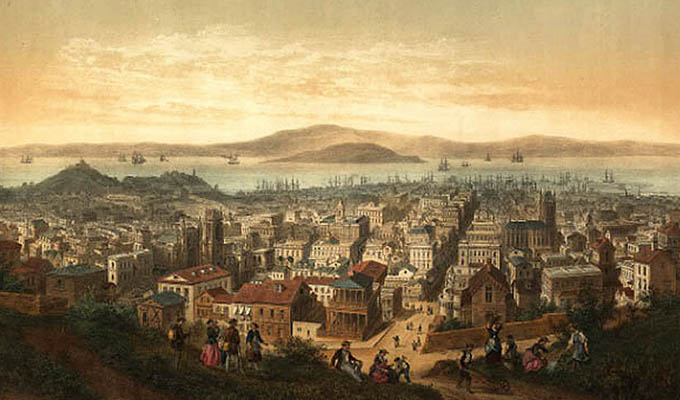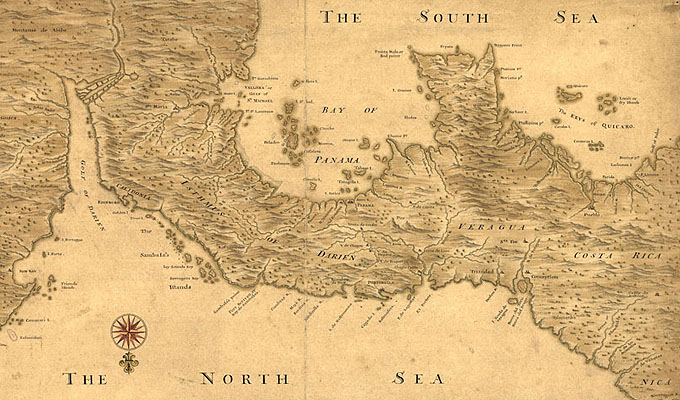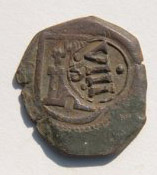Passenger Lists: San Francisco 1800s


SS Golden Gate
Arrive San Francisco
January 28, 1858
SS Golden Gate
Commander R. L. Whiting
from Panama
Passage
January 29, 1858, Sacramento Daily Union, Sacramento, California, U.S.A.
The Golden Gate arrived at San Francisco last evening at six o'clock. The main features of the intelligence brought by her were telegraphed to us. and will be found on our second page. There appears to have been much excitement on the subject of the breaking up of Walker's expedition by Com. Paulding, and recruiting for Nicaragua is going on actively at the South. The Kansas question is still an exciting topic in Congress, and Senator Douglas stands firm on the sovereignty principle. Senator Broderick broke ground in a speech on the same side and arraigned the Administration for its conduct in the Kansas affair. A compromise bill for the admission of that Territory as a State, has been introduced in Congress. A civil war has broken out in Kansas and a tight had taken place between the United States troops and Gen. Lane's Free State men. The election had been held, and the Lecompton Constitution, with slavery, carried by a large majority.
Memoranda
The Pacific Mail Steamship Company's steamer Golden Gate, R. L. Whiting Commander, sailed from Panama January 15th, at 2 p.m., with the U. S. Mails and passengers, brought to Aspinwall in 8 days and 8 hours, in the Company's new steamship Moses Taylor, Capt. McGowan, from New York, January 5th, and steamship Granada, from New Orleans, same date, and arrived off the Heads at 6 o'clock this evening. The passengers crossed the Isthmus without accident, and were safely brought on board the steamer Golden Gate in the Company's steam tug Taboga. Left in port the U. S. sloop of war Decatur, Cant. Thatcher, and clipper ship Humboldt. The U. S. steamer Fulton is at Aspinwall. The oflicers and crews of all these vessels are in good health.
The Golden Gate brings 461 passengers, all well; also, 300 bags U. S. Mails, and 587 packages merchandise, on freight. Arrived at Acapulco on the 21s1 inst., at 6 a. m., received our supplies, and proceeded to Manzanillo at 10 a. m. where we arrived on the 23d inst., at 6 a.m. There being no passengers here, were detained but halt" an hour.
Gen. Comonfort has resigned the Dictatorship of Mexico, alter a short reign of ten or twelve days.
Left in port at Manzanillo the Hamburg bark Alliance and schooner J. H. Roscoe, both to sail in a few days for San Francisco. Schooner Flying Dart left there for this port on the 1st inst.
Passengers
Mrs. Gen Richardson, two infants and servant
Maj. S. Graham
Col. S. W. Inge
Lt. Geo P. Thiel, U.S.A and servn’t
Gen W. T. Sherman
M. Randolph and lady
Mrs Paxson
Judge H. S. Brown
Miss F. Flower
C. B. Lane
W. S. Pease
J.M. French
L. Smith, lady and siter
J. S. Geddes
Mrs. B. Ward
J. Howes
Miss K. L. Heron
F. Cunningham
J. J. Gray, lady, child and servant
B. Henckley
Mrs. Wilburn
Miss Duffy
Mrs. S. B. Howland
C. P. Crow and Lady
M. Litchurn, lady and child
M. A. Cohen and lady
Mrs. Harrington
Mrs. M. E. Robbins and infanat
J. H. Jones and lady
S. Linktin
Miss A. Rixby and and sister (Also noted as Miss Bixby and sister)
R. Y. Edwards
Rev. M. Walsh
A. Osborne
Mrs. Metzken and infant
D. H. Wheeler
Mrs. Gage
J. Bird
D. D. Rodman, lady and servant
W. F. Stanburgh
E. Woodruff and mother
M. Robinson
T. Lambert
Miss M. Hultz
J. B. Casmar and sister
F. Lux, Jr.
J. Lathrop
Miss R. Schumacker
S. Weed
J. B. Brown
J. W. Walden (Waiden )
Mrs. E. Chamberlain
R. White and lady
D. Sanford
Mrs. Backus
Mrs. Hawley and child
W. W. Nutting
Mrs. J. E. Lind
Mrs. J. Williams
J. N. Flanderan
J. P. Pakeer
E. Durand
J. N. Mitchell
J. D. Wood
N. Bubgee
J. M. Hartwell
A. M. Davis and wife
W. Wite
M. Parrott and wife
 |
| Emigrants in Steerage Section |
H. K. Wassit
Mrs. M. Bright
N. Baker, three children and servant
J. Collett
L. Bradley
E. P. Lovejoy
Mr. Baxter
J. Frankngham
S. S. Abernethy
Mrs. E. Sullivan and infant
Mrs. L. Wadrove and son
D. D. Wadrove
W. Crocker
J. P. Mason and sister
H. H. Chase
C. Wood
D. C. Osborn
Mrs. Mason
and 137 in steerage
| Colon.. |
The incentive for building a rail line from Chagres to the town of Panama City was the dramatic increase in traffic to California as a result of the 1849 Gold Rush. In 1847, the actual east west transit across the isthmus was by native dugout boats (and later by modified lifeboats) up the often dangerous Chagres River, and then by mules for the final 20 miles (32 km) over old Spanish trails. William H. Aspinwall, the man who had won the bid for the building and operating of the Pacific Mail steamships, conceived a plan to construct a railway across the Isthmus; he and his partners created a company registered in New York, the Panama Railroad Company, raised $1,000,000 from the sale of stock, and hired companies to conduct engineering and route studies.
Author Captain Julius Grigore, Jr. discovered many fascinating revelations beyond expectation -- about the Wall Street manipulations and the questionable involvements of the early presidents of the Panama Railroad Company, especially during the Park, Sage, Simmons, and Stockwell terms of office. The author selected the Ludlow through Goethals presidencies, from 1849 to 1916, as this group represented the most controversial, fascinating, and incredible personages concerned with the incorporation, construction, organization, and management of the Panama Railroad Company. |
The trails had fallen into serious disrepair after some 50 years of little or no maintenance and up to 120 inches (3 m) of rain each year in the April December rainy season.Construction on the Panama Railroad began in 1850 and the first revenue train ran over the full length on January 28, 1855.
William H. Aspinwall, the man who had won the bid for the building and operating of the Pacific Mail steamships, conceived a plan to construct a railway across the Isthmus; he and his partners created a company registered in New York, the Panama Railroad Company, raised $1,000,000 from the sale of stock, and hired companies to conduct engineering and route studies.
















 Copyright ~ 1998-2018.
Copyright ~ 1998-2018. 